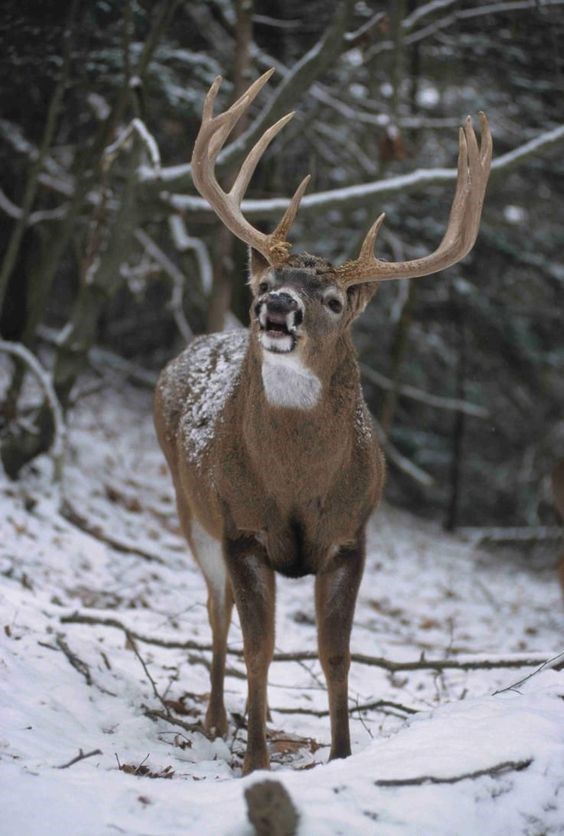| The DNR is asking the public to help slow the spread of CWD by following baiting and feeding bans and properly disposing of carcasses this deer hunting season.
The Wisconsin Department of Natural Resources (DNR) is asking deer hunters and the public to help slow the spread of chronic wasting disease (CWD) by following baiting and feeding bans and properly disposing of deer carcass waste this hunting season.
Baiting And Feeding
Placing bait to hunt deer or feed deer for viewing is banned by state law in certain counties due to the presence of CWD. In counties where CWD has not been found, hunters and other wildlife enthusiasts can still choose not to bait and help reduce the risk of CWD transmission. You can easily check county baiting and feeding bans on the DNR website.
Bait is any material that is placed or used to attract wild animals for hunting purposes, including scent materials, salt, minerals and grains. Feed is any material used to feed or attract wild animals for non-hunting purposes, including recreational and supplemental feeding, except as allowed for birds and small mammals. Bait and feed placed on the landscape, even in limited quantities, often attracts unnatural numbers of deer.
Counties fall under a three-year baiting and feeding ban when wild or farm-raised deer have tested positive for CWD. If the CWD-positive deer is found within 10 miles of a county line, the adjoining county will fall under a two-year ban. If additional CWD cases are found during the lifetime of a baiting and feeding ban, the ban will reset for an additional two to three years.
In counties where baiting and feeding is allowed, the following precautions should be taken when feeding birds and small mammals:
- Feeding devices and structures are at a sufficient height or design to prevent access by deer
- Make sure feeding structures and devices are no further than 50 yards from a dwelling devoted to human occupancy
- If deer, bear, or elk are using bird feeding devices or structures, the devices or structures shall be enclosed or elevated higher to prevent access
More information on Wisconsin’s deer baiting and wildlife feeding regulations is available here.
Deer Carcass Disposal
With a successful harvest comes deer carcass waste. Proper carcass disposal helps slow the spread of CWD spread by removing potentially infected deer carcasses from the landscape. To properly dispose of deer carcass waste locate a designated dumpster, transfer station or landfill location accepting deer carcass waste near you on the DNR website.
The department does not recommend transporting whole deer carcasses to areas outside the county or adjacent county where the animal was harvested.
Chronic Wasting Disease (CWD)
CWD is a fatal disease that affects the nervous system of deer, elk, moose and caribou. The disease spreads through contact with an infected animal’s saliva, urine, feces and natural decomposition after death. The known CWD infectious agent, or prion, is very resistant to destruction, making it very difficult to contain. Because of this, baiting, feeding and improper carcass disposal increase the risk of transmission.
While there has not been a documented case of CWD in humans, the Wisconsin Department of Health Services, the Centers for Disease Control and World Health Organization recommend against consuming meat from CWD-infected deer. Infected deer can look healthy; however, the Department of Health Services (DHS) encourages testing for the disease regardless of your harvested deer’s physical condition. The DHS also recommends the public only consume venison from deer that is CWD negative.
To find a CWD sampling location near you where you can submit samples from Wisconsin harvested deer free of charge, visit the DNR’s “Sampling For Chronic Wasting Disease” webpage. Test results are usually available from the DNR within two weeks.
More information about CWD and how to prevent its spread is available on the DNR website here. |
|
